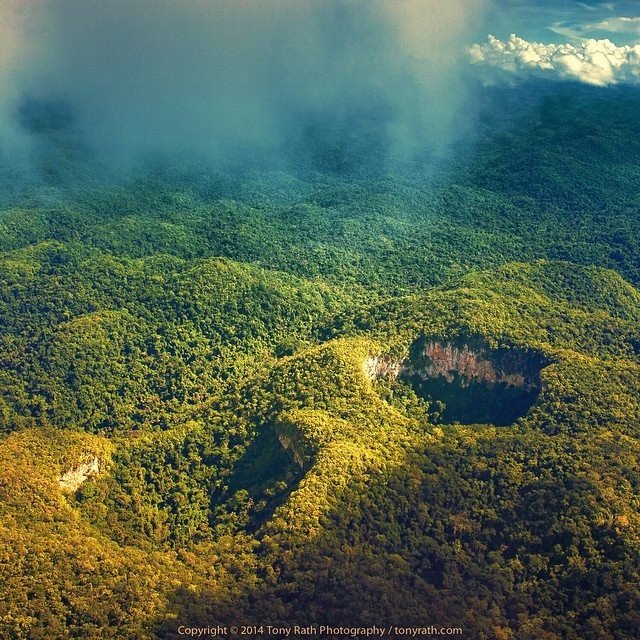Belize is currently creating one of Central America’s largest biological corridors
…to provide safe, unhindered movement for some of the world’s most beautiful wildlife.
Just after posting news about the Belize government’s recent moves to phase out the use of plastic garbage bags and other environmental nasties, we heard that, after government approval in February 2018, work is progressing to get the Belize North-eastern Biological Corridor established and make one of the region’s most valuable conservation initiatives a reality.
When finished, the 110 square kilometre (or 42 square miles, for the more Imperially inclined) will give jaguars, pumas, tapirs and other animals a safe passageway between Belize’s coastal Shipstern Nature Reserve and the tropical forests of the Freshwater Creek Forest Reserve and beyond.
BONUS: Check out Belize’s Big Cats

This safe passage is vitally important for species under threat from the effects of increasing human population, activity and encroaching development. While both reserves provide sanctuary for many animals, getting from one to the other; being able to move with the seasons from the coast to lush inland forests for food, breeding and other necessities, is critical for survival.
The Biological Corridor is yet another example of Belize’s people, government, private landowners and local and overseas NGOs working together to protect Belize’s precious, pristine environment and wildlife. We want to thank the private landowners who have agreed to put the affected parts of their land into a trust for perpetuity, managed under existing national legislation for protected areas.
As the Corozal Sustainable Future Initiative’s Heron Moreno said, “It will not only guarantee the long-term survival of wildlife within the area, but it will also contribute to the strengthening the Belize Protected Areas System.
“Most importantly, it will serve to highlight the importance of government, NGO and private partnership in conservation initiatives,” he said.
In a tiny Caribbean Central American country with over a quarter of its territory under some form of government protection, and almost 18% held as private protected areas, and 70% of its forests still standing, it’s great to see protected areas growing bigger and stronger all the time.

We’re proud that Chaa Creek’s 400-acre private nature reserve is part of Belize’s protected wilderness, with miles of trails that allow Belizeans and visitors from all over the world to walk, hike, horseback or canoe through some of the most beautiful wilderness on the planet.
Because, as America’s great naturalist John Muir said,
“Everybody needs beauty as well as bread, places to play in and pray in, where nature may heal and give strength to body and soul.”
